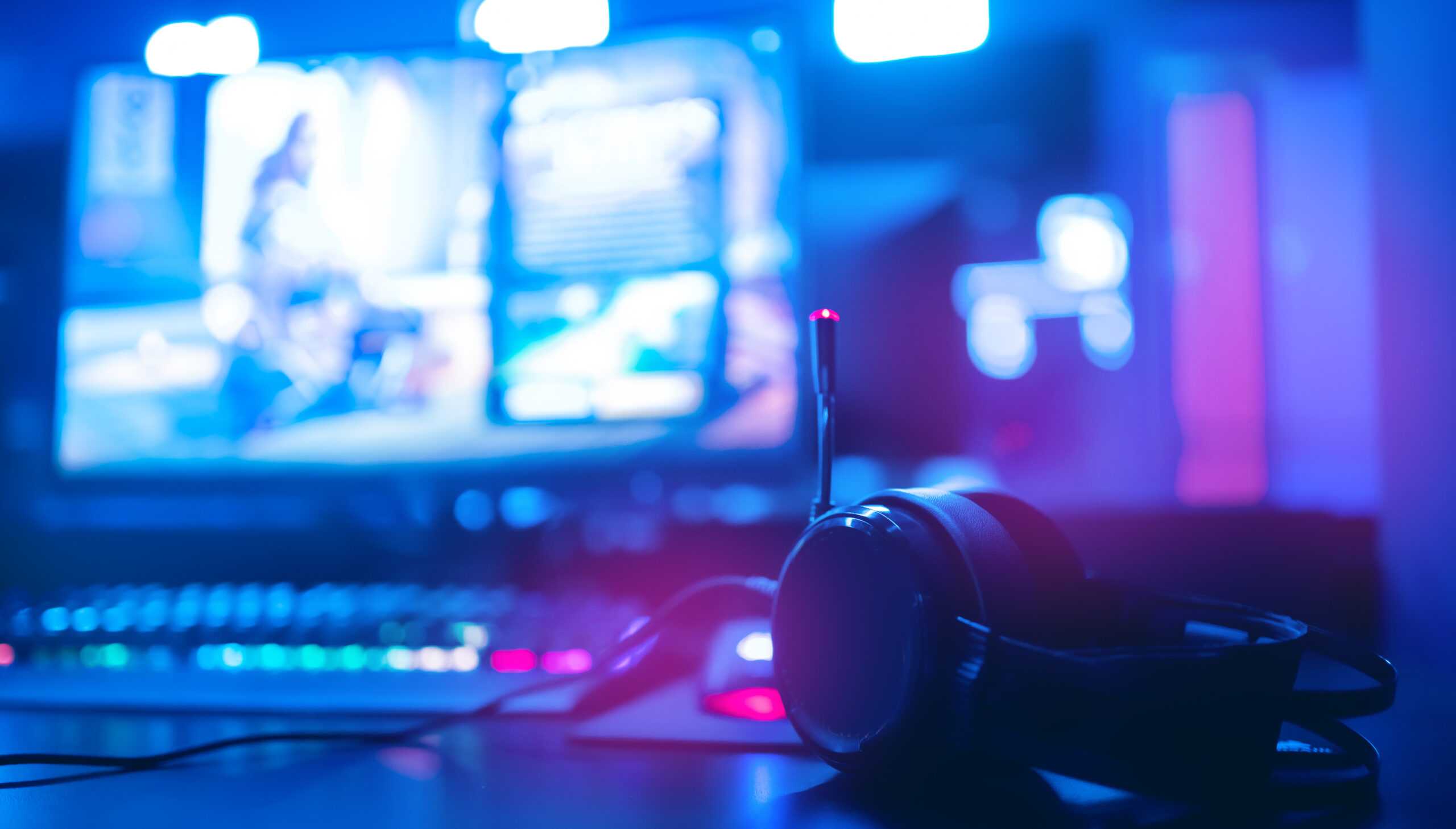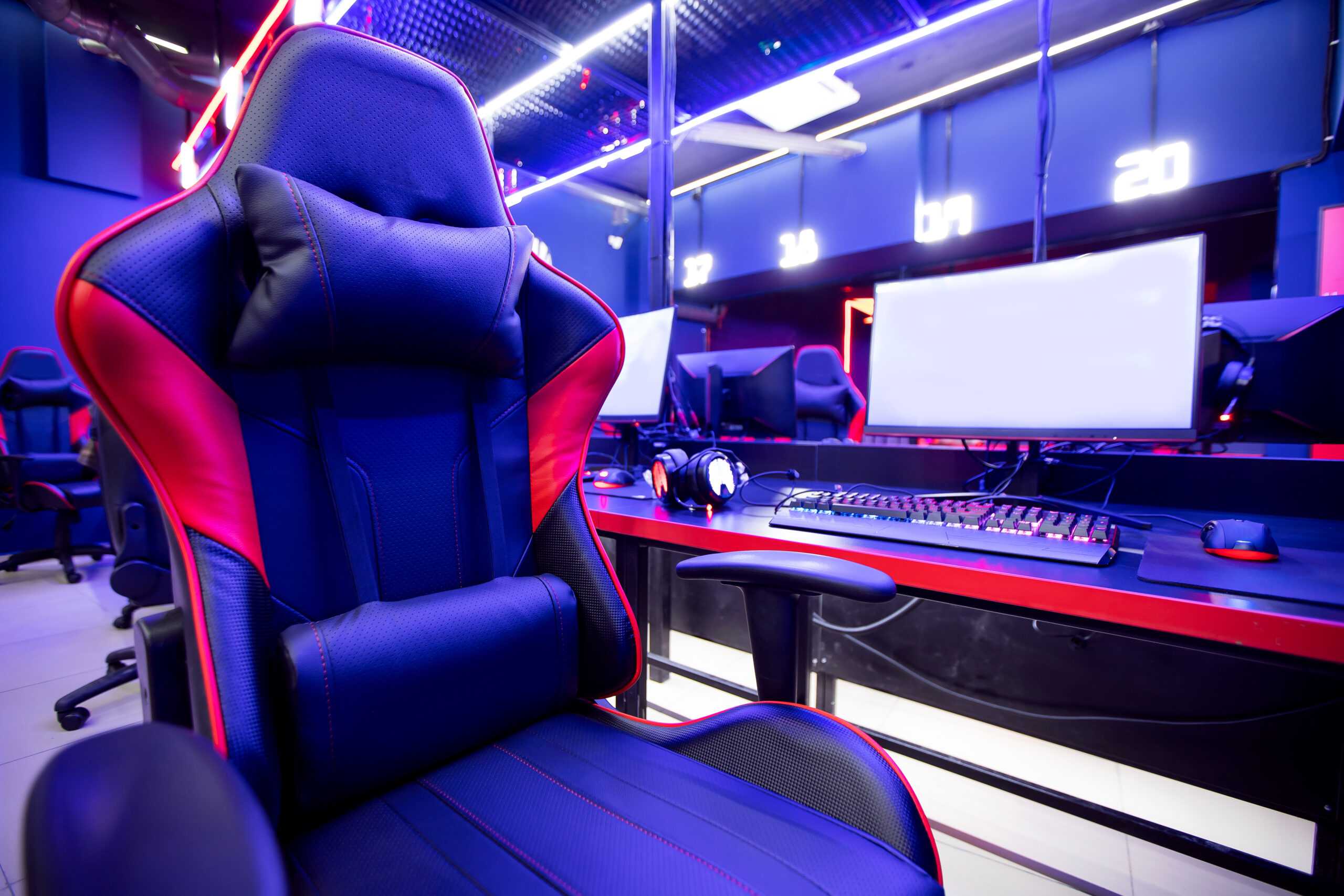Driven by hugely popular titles like Honor of Kings, PUBG Mobile, Call of Duty: Mobile, and others,mobile esports are quickly rising in popularity, even in the US. Publishers and esports orgs are allocating more to the mobile side of the industry, and a positive feedback loop is developing – as more IP comes to mobile, more teams play, and publishers double down.
Activision has already seen CoD: Mobile player spending surpass $1 billion, and the publisher intends to bring all its top IP to mobile. Meanwhile, Psyonix already announced that Rocket League is coming to mobile later this year, while Riot Games is pushing forward with a mobile version of Valorant after seeing how successful Wild Rift has been so far. Riot has committed to a global tournament this year for Wild Rift, while Riot’s head of esports, John Needham, said that mobile will “transform the future of esports.”
Teams are getting more involved too. Immortals Gaming Club has added Wild Rift to its esports tournament platform in Brazil. Team Liquid is also doing its part to popularize Garena Free Fire (one of the most popular mobile battle royale games across LATAM, India, and Southeast Asia) in the US, partnering with the Singaporean studio to launch the Liquid Free Fire Series. Sony, which has emerged as a serious esports player through the acquisition of Evo and a minority investment in Discord, also has said that they’re exploring mobile as way to reach “millions of gamers” beyond their console platforms.
As esports orgs gravitate towards mobile, they will be able to not only grow but broaden their fanbases, which in turn will lead to a greater variety of sponsorship opportunities. Sponsors, too, may be able to evolve their strategies to take advantage of in-game ads or rewards, while phone companies may play a larger role in the competition as official hardware/equipment partners.
Interpret sees a growing opportunity for teams, publishers, tournament organizers, and sponsors to leverage mobile esports in the US. According to Interpret’s Esports Replay™, the percent of gamers for which a smartphone was the top device used for watching video rose from 26% to 39% in 2020. Mobile esports events and shoulder content are increasingly likely to be viewed on a phone.






